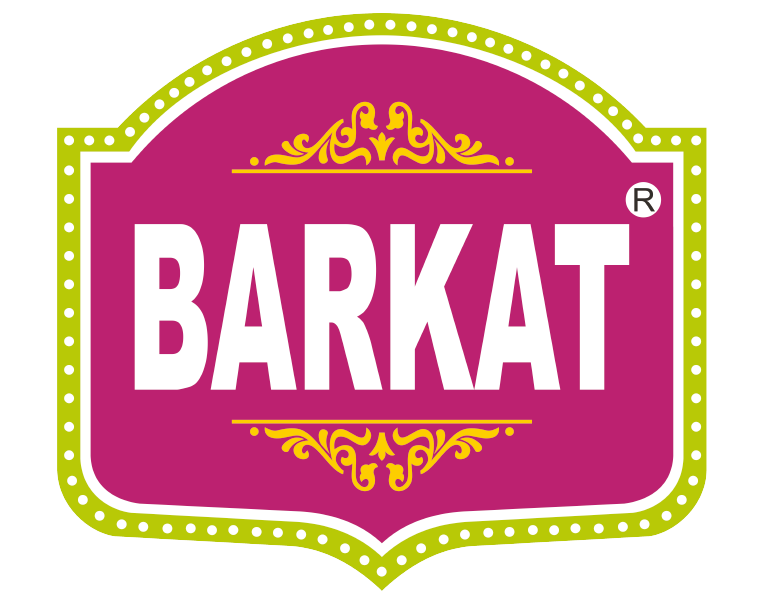As most of us are aware, over 50% of the world’s population eats rice as a staple diet, making it the most consumed grain on Earth. Parboiled rice is one of the five million kinds of rice that are consumed worldwide. In this blog, we will learn about Parboiled rice benefits that can do wonders for the health of those who consume it.
You might be led to believe by its name that it is a pre-cooked or pre-boiled version, but that is untrue. It is just prepared differently from other types of rice, and the finished product is served similarly to other rice variations.
In contrast to the most popular type of rice, white rice, which is cooked by removing the hull, parboiled rice keeps the hull in place and is cooked by steaming and hydrating it. As a result, the bran layer’s nutrients are retained in the grains, and the vitamins and minerals move from the bran to the rice kernel during the steaming process.
Before it became popular in the West, parboiling rice was a common practice in Southern India and a few other Southeast Asian countries.
What is Parboiled Rice, and How is it Different?
Before being prepared for consumption, parboiled rice, sometimes referred to as converted rice, is partially cooked in its inedible husk. Rice has been parboiled from ancient times in various Asian and African nations because it facilitates the manual removal of the husk.
Although much more advanced now, this method is still frequently used to enhance the texture, storage, and nutritional value of rice.
Before the rice is milled, or before the inedible husk is removed to produce brown rice but before brown rice is refined to produce white rice, parboiling takes place.
The Three Main Steps of Parboiling Rice are:
- Soaking: Paddy rice, which is raw and unhusked rice, is steeped in warm water to make it more moisturizing.
- Steaming: Steam-cooking the rice causes the starch to gel. This process’s heat aids in microbial and bacterial destruction.
- Drying: To make the rice millable, the moisture level is gradually reduced through gentle drying.
Difference between White Rice and Parboiled Rice:
Unlike white rice, which is a delicate white colour, parboiling turns rice into a light yellow or amber colour. It’s not as black as brown rice, though.
The pigments from the husk and bran have moved into the starchy endosperm, or rice kernel heart, causing this colour shift. Additionally, the browning reaction that occurs during the parboiling process also contributes to this colour change.
In addition to being higher in calcium and iron than regular white rice, parboiled rice has fewer calories. Additionally changing rice at the molecular level, parboiling rice boosts its nutritional content.
Parboiled Rice Benefits:
1. Diabetic Friendly
Parboiled rice is a safer option for diabetics than other rice varieties because studies have shown that it is more effective at regulating blood sugar levels than both brown and white rice. This is particularly true if parboiled rice that has been left over is refrigerated before being eaten, as the colder the temperature, the less impact parboiled rice will have on blood sugar levels.
2. Improves Gut Health
The starch in parboiled rice serves as a prebiotic or a kind of fertilizer in the stomach that promotes the growth of prebiotics, which are beneficial bacteria. Because everything from emotions to health may be impacted by the general composition of microorganisms in the gut, Meals high in probiotics can also significantly aid in enhancing general health.
3. Transfer of Plant Compounds
The bran layer and oil-rich germ are removed from whole-grain brown rice before it is processed to create white rice. Plant chemicals that may be advantageous are thus lost. However, some of these plant compounds—such as antioxidant-rich phenolic acids—transfer to the starchy endosperm of the rice kernel during parboiling, minimizing the amount lost during refining. Antioxidants guard against harm to cells.
Conclusion
Research into the advantages of parboiled rice highlights its potential as a choice for those deemed mindful of their health. It’s important to remember that Barkat Rice offers more than just excellent parboiled rice. Magic Rice, Super Rice, Mahek Rice, and Sadabahar Rice are some of the many varieties of rice. These rice varieties are suitable for diabetics and meet export quality standards. A name firmly synonymous with excellence, Barkat Rice extends an invitation to sample the variety of delicious rice options, promising not only total delight but also a dedication to those who are more health-conscious.
